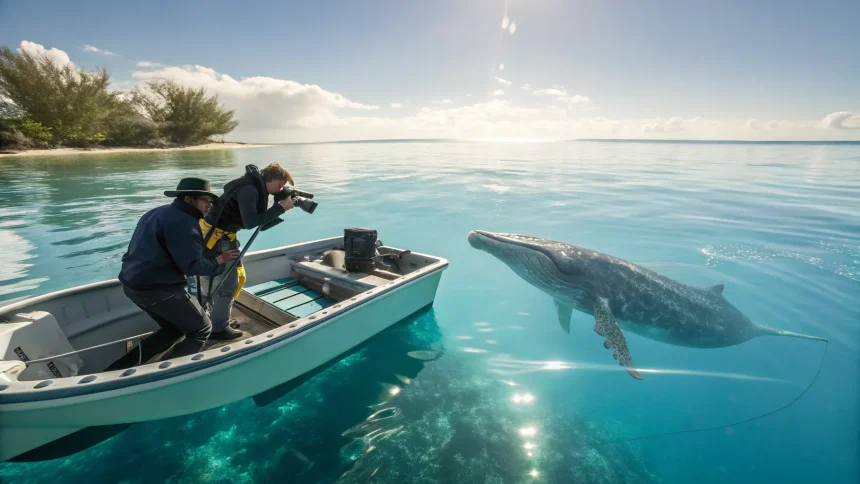Marine biologists have verified that a whale spotted in local waters several weeks ago has continued to inhabit the same area. The confirmation came after researchers conducted a follow-up expedition to monitor the cetacean’s movements.
The research team returned to the location where the whale was initially sighted to determine if the animal had migrated or chosen to stay in the region. Their observations confirmed the whale remained in the vicinity, suggesting the area may provide suitable conditions for the marine mammal.
Monitoring Marine Movements
The follow-up trip represents part of ongoing efforts to track whale populations and their behavioral patterns. Scientists typically monitor whale movements to gather data about migration routes, feeding grounds, and habitat preferences.
When whales remain in a single area for extended periods, it often indicates the presence of abundant food sources or favorable environmental conditions. This stationary behavior can provide researchers with valuable insights into the health of local marine ecosystems.
“Finding the same whale in the same location during our follow-up trip gives us an excellent opportunity to study its behavior over time,” said one of the researchers involved in the monitoring effort. “We can now collect more detailed data about its feeding patterns and social interactions.”
Conservation Implications
The whale’s continued presence in the area may have significant implications for local conservation efforts. Extended stays by marine mammals often prompt authorities to implement protective measures such as:
- Speed restrictions for vessels traveling through the area
- Temporary fishing limitations to protect food sources
- Increased monitoring for water quality and pollution
Marine biologists note that tracking individual whales helps build a more complete picture of population health and habitat use. This information proves critical for developing effective protection strategies for these marine mammals.
Local wildlife officials have not yet announced any new protective measures but continue to monitor the situation closely. They recommend that boaters in the area maintain safe distances from any marine mammals they encounter.
The research team plans additional follow-up trips in the coming weeks to continue monitoring the whale’s behavior and to determine if it eventually moves on to other waters. Their findings will contribute to the growing body of research on whale movement patterns and habitat selection.
For the scientific community, each confirmed sighting adds another data point to help understand these magnificent creatures and the complex marine environments they inhabit.









